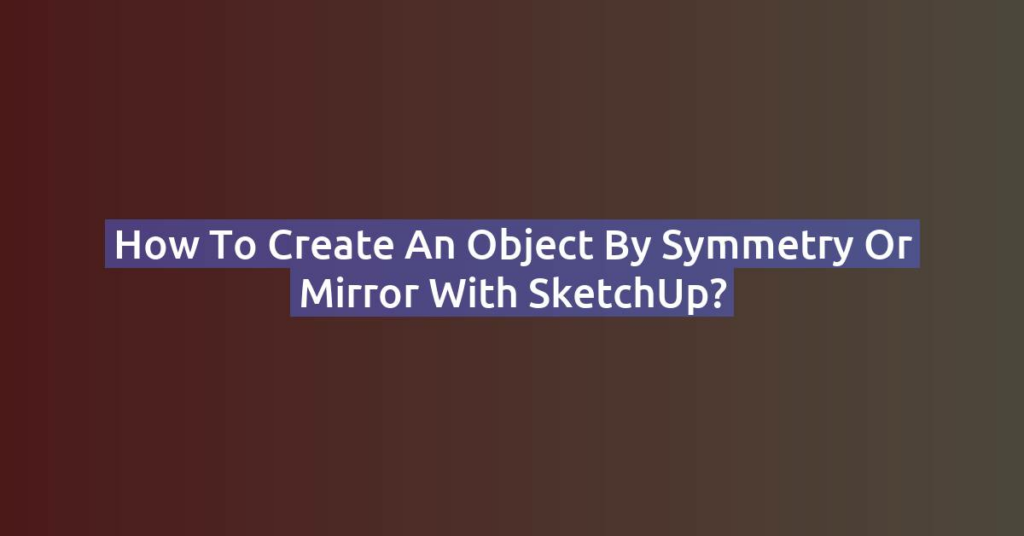Importing buildings from Google Earth into SketchUp used to be a straightforward process through the now-discontinued Google Earth/Google 3D Warehouse integration. However, Google no longer allows direct imports of 3D buildings into SketchUp due to licensing changes. Despite this limitation, there are workarounds you can use:
1. Importing Geolocation Data (Without Buildings)
You can still import terrain and geolocation data into SketchUp, but the buildings will not appear.
Steps:
- Go to File > Geo-Location > Add Location.
- Use the map to select your area and click Grab.
- This imports the selected terrain into SketchUp.
- If your version of SketchUp supports it, the terrain will include topography data.
2. Capturing Buildings as Visual References
To capture 3D buildings from Google Earth as a visual reference, you can use screenshots or SketchUp-compatible images:
- Open Google Earth Pro (free software) on your computer.
- Navigate to the area and adjust the view to show the buildings.
- Take a screenshot of the desired view.
- Import the image into SketchUp as a texture or reference:
- Go to File > Import, select the image, and position it as needed.
3. Using Free 3D Building Models
Some 3D models of buildings are available for free download:
- Trimble 3D Warehouse:
- Visit the 3D Warehouse directly from SketchUp via File > 3D Warehouse > Get Models.
- Search for the building or area of interest.
- Download and place the model into your SketchUp scene.
- Other Sources:
- Look for free 3D models on platforms like Sketchfab or Turbosquid.
- Import downloaded models into SketchUp (typically as
.dae,.obj, or.fbx).
4. Using Google Earth Models via Extensions or Plugins
Although Google doesn’t allow direct downloads of 3D building data, some external tools may help extract building models:
- Google Earth Pro + 3D Ripper Tools:
- Use software like 3D Ripper DX or Cesium Ion to capture and export the 3D geometry from Google Earth.
- Export the data as
.objor other formats compatible with SketchUp. - Import the model into SketchUp for further editing.
- Note: This method may breach licensing agreements, so use it with caution and for non-commercial purposes.
5. Using OpenStreetMap and Other Alternatives
If you need city building data, OpenStreetMap (OSM) is a legal alternative. Combine it with plugins to import 3D city data:
- Install the Placemaker or OSM Importer plugin.
- Use the tool to select and import detailed 3D building models for your area.
6. Manual Modeling
If none of the above options provide exactly what you need, you can create 3D models of the buildings manually:
- Use Google Earth or other map services as a reference.
- Measure dimensions and proportions from images or map tools.
- Model the buildings in SketchUp using simple tools like Rectangle, Push/Pull, and Offset.
Summary
Due to licensing changes, you can’t directly import Google Earth buildings into SketchUp. However, using geolocation tools, 3D Warehouse, OpenStreetMap, or third-party plugins can help you achieve similar results. For accurate modeling, consider using reference images and terrain data.



